Tomb 30
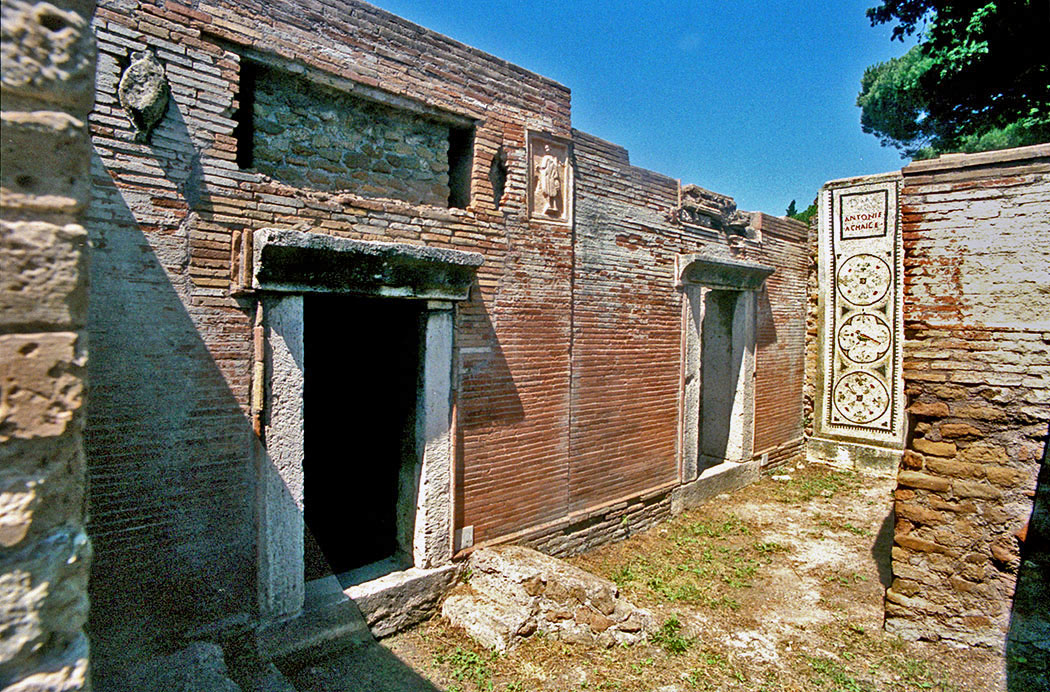
 Tomb 30 is bounded in the south on the wall of the original burial chamber of tomb 29 and has probably been built in the same period (about 160 AD). The entrance overlooked the Via Severiana until the construction of tomb 32 in later times.
Tomb 30 is bounded in the south on the wall of the original burial chamber of tomb 29 and has probably been built in the same period (about 160 AD). The entrance overlooked the Via Severiana until the construction of tomb 32 in later times.
In front of the entrance two klinai have been built. The left one against the wall of the enclosure of tomb 29.
On the floor between these benches was a polychrome mosaic (now vertically attached to the wall next to tomb 31).
Above the entrance, flanked by two slit-windows, the cornice of a disappeared inscription is still visible. Next to the inscription two tufa amphorae were depicted. The left one is still in situ.
Next to the place where the right amphora was attached we see a relief of a man in a short tunic as an aquatarius, a water-carrier. In his left hand he is carrying an amphora. Together with the other amphorae we can perhaps tell something about the profession of the tomb owner.
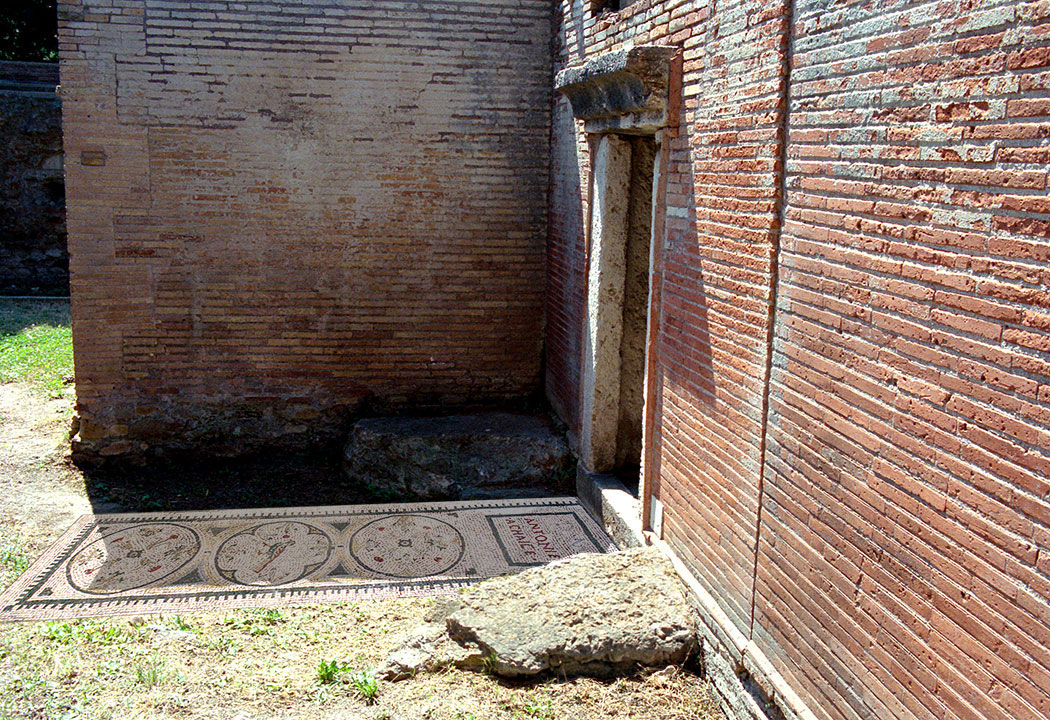

The mosaic looks like an imitation of a carpet. Three circles are depicted. The outer two have flower decorations, the middle one a pigeon with olive branches.
In the upper part we see a rectangle with the following inscription:
D(is) M(anibus)
ANTONIE
ACHAICE
("To the Di Manes of Antonia Achaice").
Although we presume that the mosaic once covered the floor near the biclinium, we cannot exclude that it was the cover of a burial place.
The burial chamber is, just like the original burial chamber of tomb 29, equipped with three arcosolia for inhumation alongside the lower parts of the walls, and with niches for urns in the upper parts.
In the middle of the walls is a semicircular niche with a triangular tympanum, flanked by smaller rectangular niches.
Beneath the floor, originally with a black-and-white mosaic, burial places have been found as well.

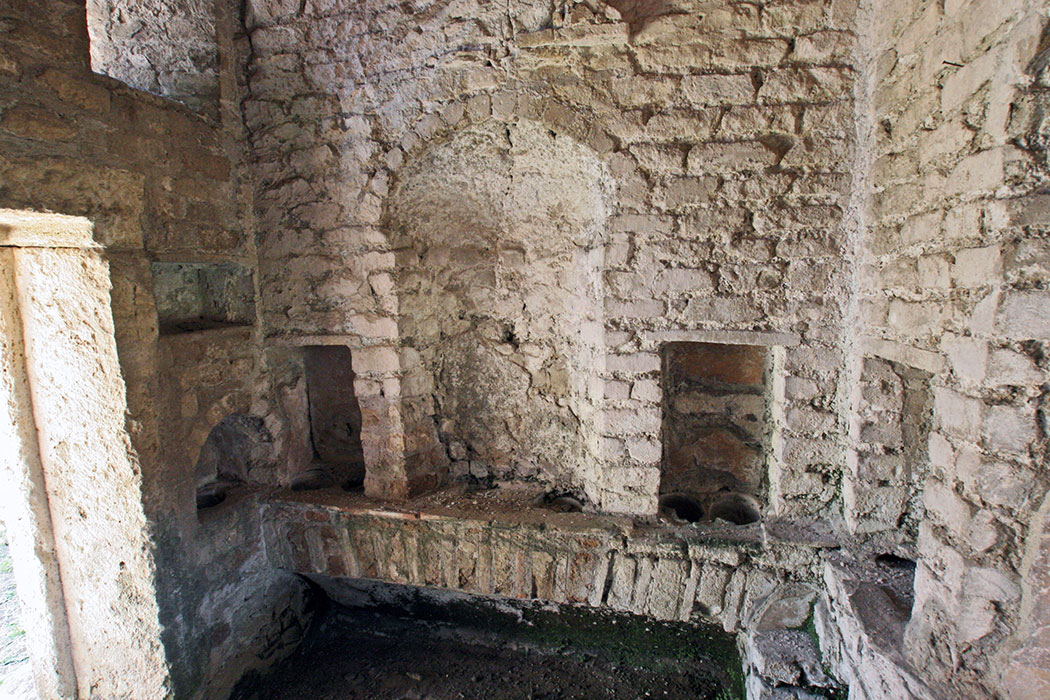
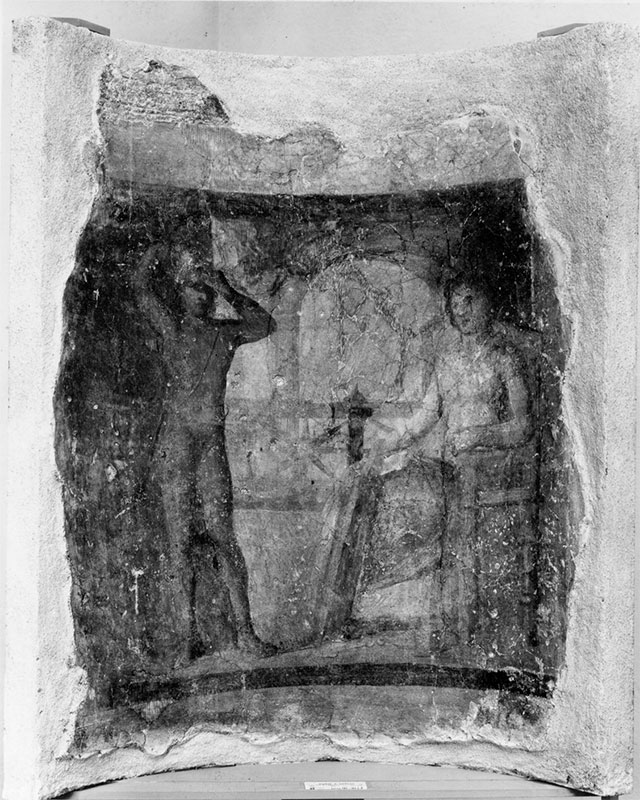
In the left niche on the right wall the head of Serapis1 was visible. In the central niches of both lateral walls mythological scenes were depicted, which are now in the museum of Ostia. One represented Zeus and Hera, the other Mars and Venus.
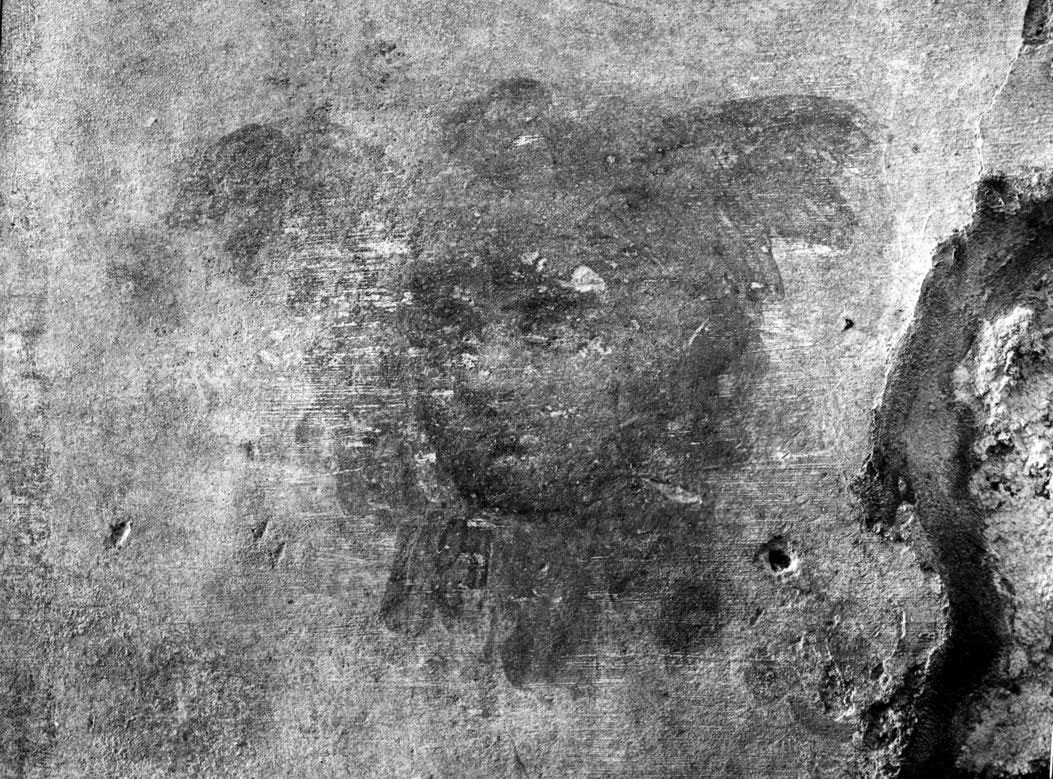
- Sources
- Russel Meigs - Roman Ostia, At the Clarendon Press 1973
- Guido Calza - Necropoli nell'Isola Sacra'(1940)
- Dr. Jan Theo Bakker.
- Hilding Thylander - Inscriptions du port d'Ostie (Lund C W K Gleerup 1952).
- Ida Baldassarre, Irene Bragantini, Chiara Morselli and Franc Taglietti - Necropoli di Porto, Isola Sacra (Roma 1996).
notes- 1:Serapis was a god from the ancient Egyptians. The existence of his cult in Ostia and Portus is confirmed by the discovery of a temple dedicated to this god- I, Baldassarre, I. Bragantini, Ch. Morselli and F. Taglietti: “Necropoli di Porto” 1996.
Waardeert u ons werk?
Wordt lid van Roman Ports en ontvang het boek of doe een donatie!
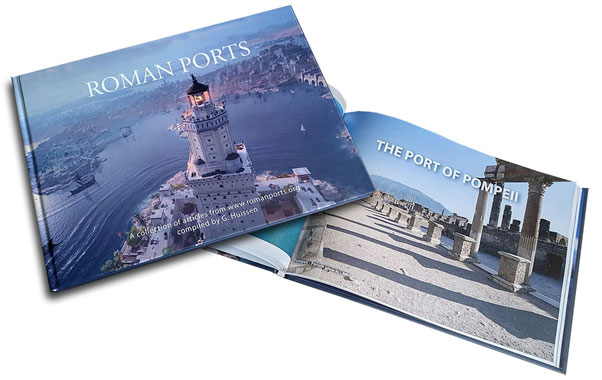 Wordt lid en steun ons
Wordt lid en steun ons
Isola Sacra Index (N)

Speciale sectie over de Romeinse begraafplaats van Portus (Engels)....
Lees meer...De teruggevonden vloot van Pisa

In 1998 werd bij toeval een ongelooflijk archeologisch erfgoed ontdekt in de buurt van het station Pisa San Rossore....
Lees meer...Leptiminus
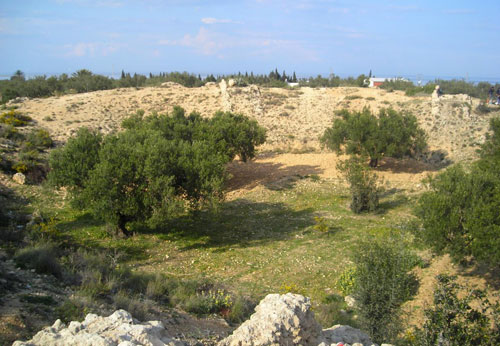
Op de plaats van het huidige Lamta aan de oostkust van Tunesië lag al in de oudheid een havenstad met de naam Leptis Minor ....
Lees meer...Romeins Zeehandelsrecht

Het Romeinse recht is het fraaiste monument dat Rome aan West-Europa heeft nagelaten....
Lees meer...Sullecthum (Salakta)

In de Sahel, in de Tunesische provincie Madhia vinden we aan zee het kleine stadje Salakta....
Lees meer...
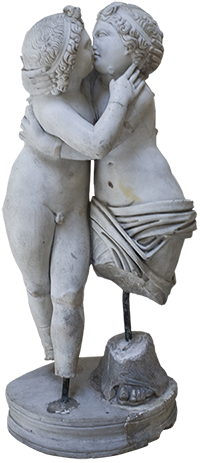 We are committed to providing versions of our articles and interviews in several languages, but our first language is English.
We are committed to providing versions of our articles and interviews in several languages, but our first language is English.